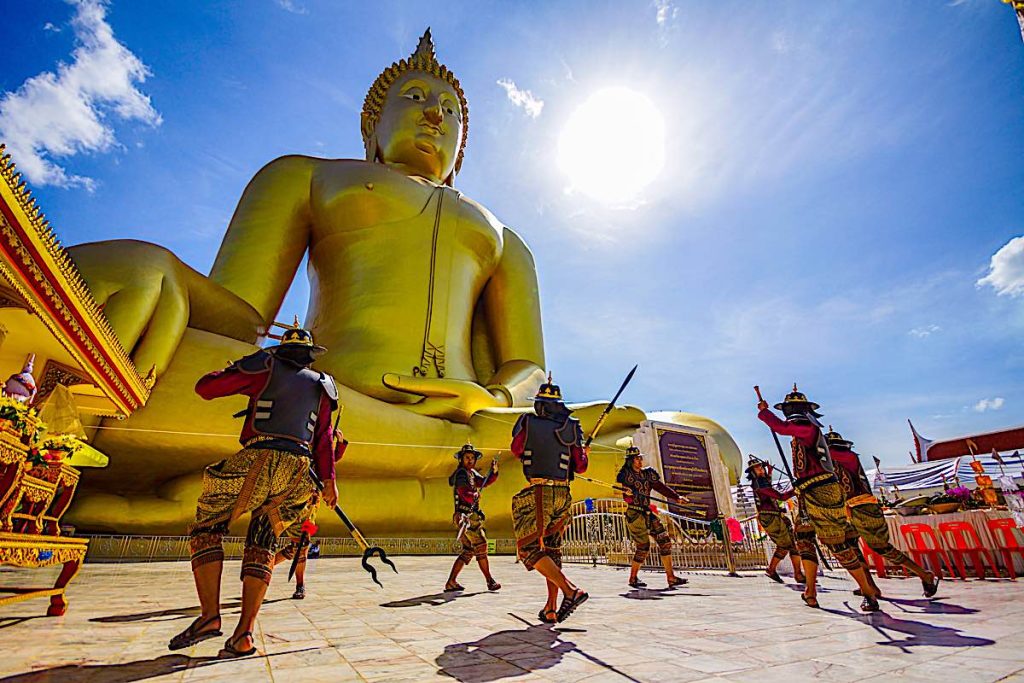
The so-called Warrior Sutta is a fascinating, short sutra. The way of the warrior and the way of the monk are often compared from the point of view of discipline. In Tibetan Buddhism, there is the notion of Sems Dpa, Warrior Buddhists (se our feature here>>).
The disciplines of martial arts, today, are often compared to methods in Buddhism. [See our feature here Marital Arts and Buddhism have this in common>>]
In this Sutra, Buddha teaches the monks with the metaphor of the Warrior.
Yodhajiva Sutta The Warrior
“Endowed with four qualities, monks, a warrior is worthy of a king, an asset to a king, and counts as a very limb of his king. Which four?
“There is the case where a warrior is skilled in his stance, able to shoot far, able to fire shots in rapid succession, and able to pierce great objects. A warrior endowed with these four qualities is worthy of a king, an asset to a king, and counts as a very limb of his king.
“In the same way a monk endowed with four qualities is deserving of gifts, deserving of hospitality, deserving of offerings, deserving of respect, an unexcelled field of merit for the world. Which four?
“There is the case where a monk is skilled in his stance, able to shoot far, able to fire shots in rapid succession, and able to pierce great objects. A monk endowed with these four qualities is deserving of gifts, deserving of hospitality, deserving of offerings, deserving of respect, an unexcelled field of merit for the world.
“And how is a monk skilled in his stance? There is the case where a monk is virtuous. He dwells restrained in accordance with the Patimokkha, consummate in his behavior and sphere of activity. He trains himself, having undertaken the training rules, seeing danger in the slightest faults. This is how a monk is skilled in his stance.
“And how is a monk one who is able to shoot far? There is the case where a monk sees any form whatsoever that is past, future, or present; internal or external; blatant or subtle; common or sublime; far or near — every form — as it actually is with right discernment as: ‘this is not mine. This is not my self. This is not what I am.’
“He sees any feeling whatsoever…

